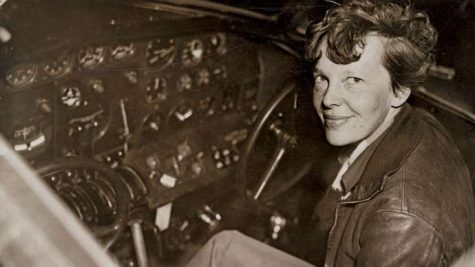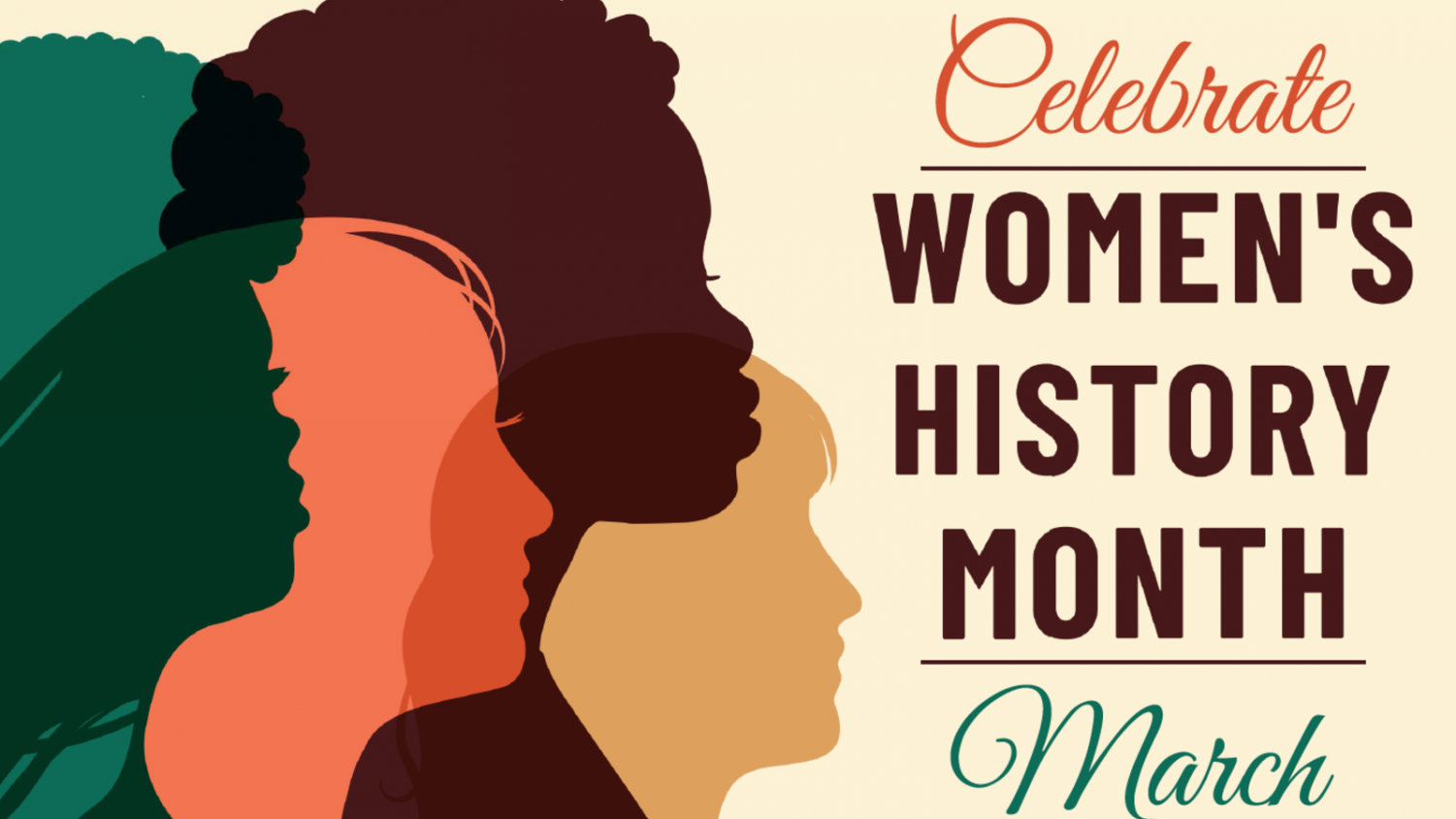Amelia Earhart
March 31, 2021

Sun Newspaper Photograph Collection, (1921). [Amelia Earhart in the cockpit of a Lockheed Electra airplane.] New York World-Telegram.
When Amelia Earhart first saw a plane at the age of 10, she thought “it was a thing of rusty wire and wood and looked not at all interesting.” Ten years later, Earhart decided to take a stunt flying exhibition class and that’s when she became interested in aviation.
At 23, Earhart took her first flying lesson in 1921, according to the Amelia Earhart Hanger Museum. Six months later, her mother and sister bought Amelia her first plane named “The Canary.” She set her very first flying record in that plane on May 16th, 1923. Earhart became the 16th woman to receive her pilot’s license.
After flying across the Atlantic, she landed in Northern Ireland. According to PBS, “this act earned her the Distinguished Flying Cross from Congress, the Cross of Knight of the Legion of Honor from the French government, and the Gold Medal of the National Geographic Society from President Hoover, becoming the first woman to ever receive this award.”
After her trip across the Atlantic, Earhart gained fame by becoming the first person to fly across both the Atlantic and Pacific. Her next adventure was to embark on an around-the-world flight following the equator. But before she could do that, she had to raise money, consult with advisers, mechanics, and navigators, and then she also got a new plane called the “Flying Laboratory.” She pulled together a crew of three men, Captain Harry Manning, Fred Noonan, and Paul Mantz to assist her on her journey.
When Earheart and Noonan tried to leave Honolulu for their trip, they failed and had to try again. But even after restarting their final leg of the trip, they encountered the perfect storm: rumors suggest Earhart may have lacked enough fuel for their final destination, used navigational maps with incorrect information, lost radio contact, and encountered low visibility. Earhart was lost forever, rumored to have perished in the Pacific, or landed on a small island and died while marooned there, undiscovered.
The U.S. began an immediate search of Earheart’s last coordinates and spent an estimated $4 million in a rescue mission authorized by President Franklin D. Roosevelt. Biography.com says the official search ended on July 18th; Roosevelt realized there wasn’t any chance of them surviving for that long. Many explorers have gone looking for Earhart’s plane, and in 2014, they found a remnant of it. Biography.com states that it was found “in a small, uninhabited island in the southwestern Pacific,” which is now considered to be the spot where Earheart died.
References
Balderrama, Allison. (2019, April 6th). Amelia Earhart – Aviator, Trendsetter, Legacy. Museum. https://ameliaearharthangarmuseum.org/amelia-earhart/
A Maven Channel. (2018, March 8). Biography. Amelia Earhart. https://www.biography.com/explorer/amelia-earhart
George, Cameo. (2015). PBS. Amelia Earhart 1897- 1937.
https://www.pbs.org/wgbh/americanexperience/features/earhart-timeline

